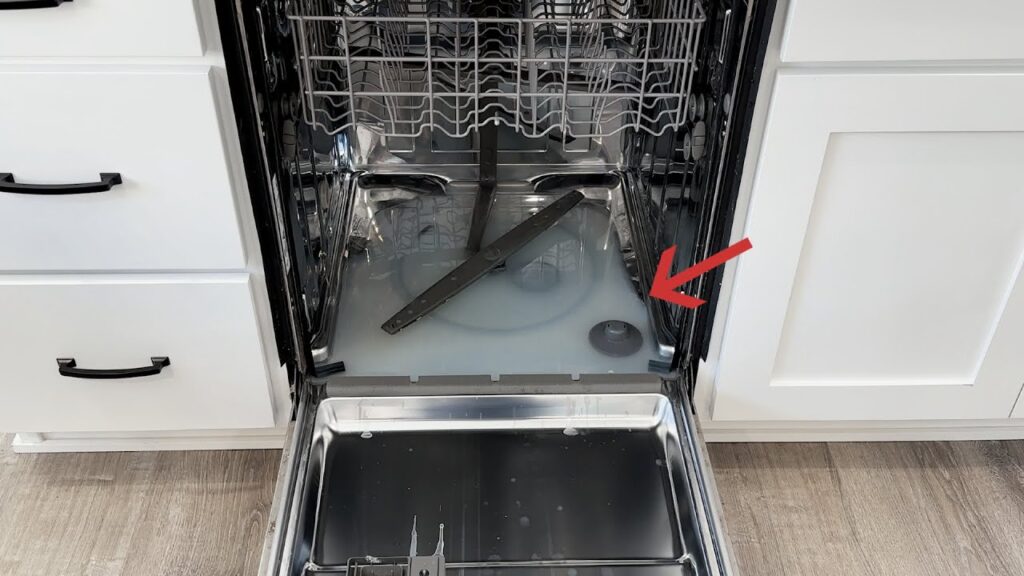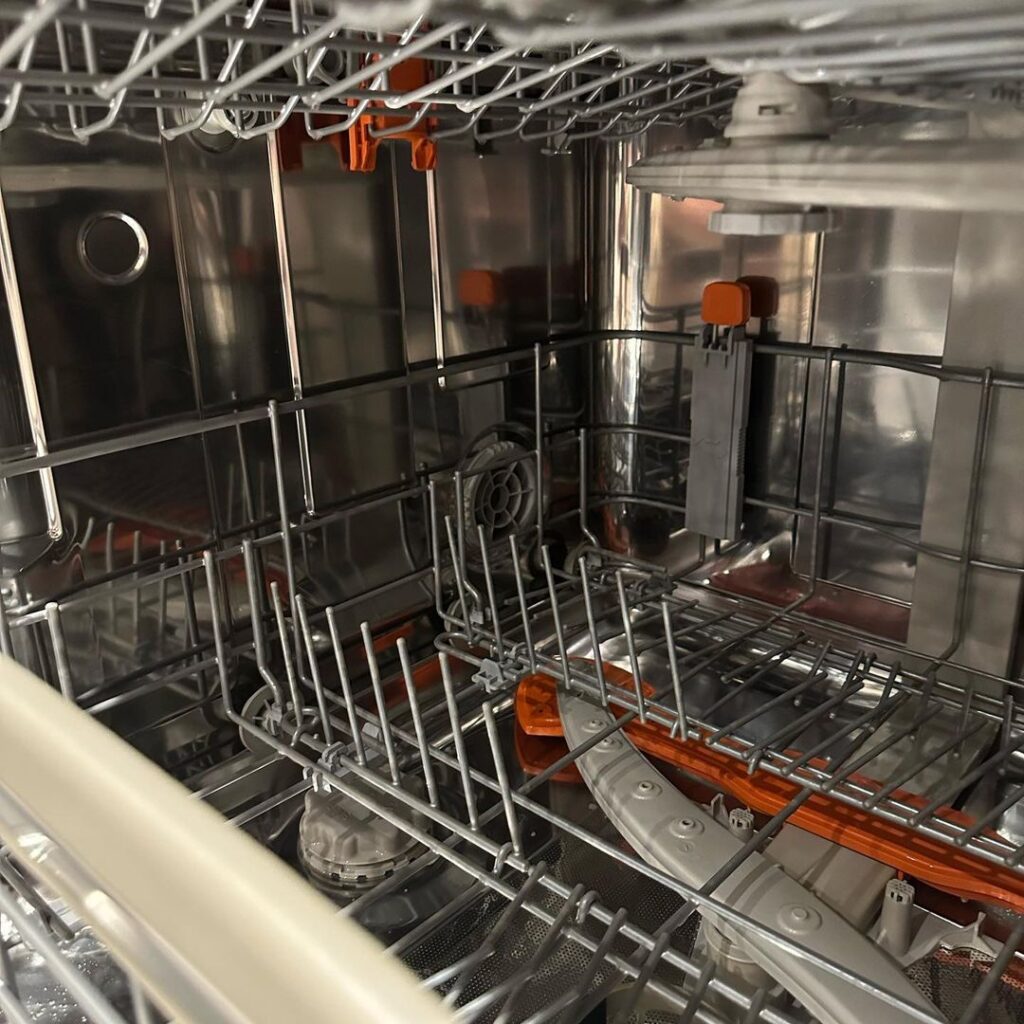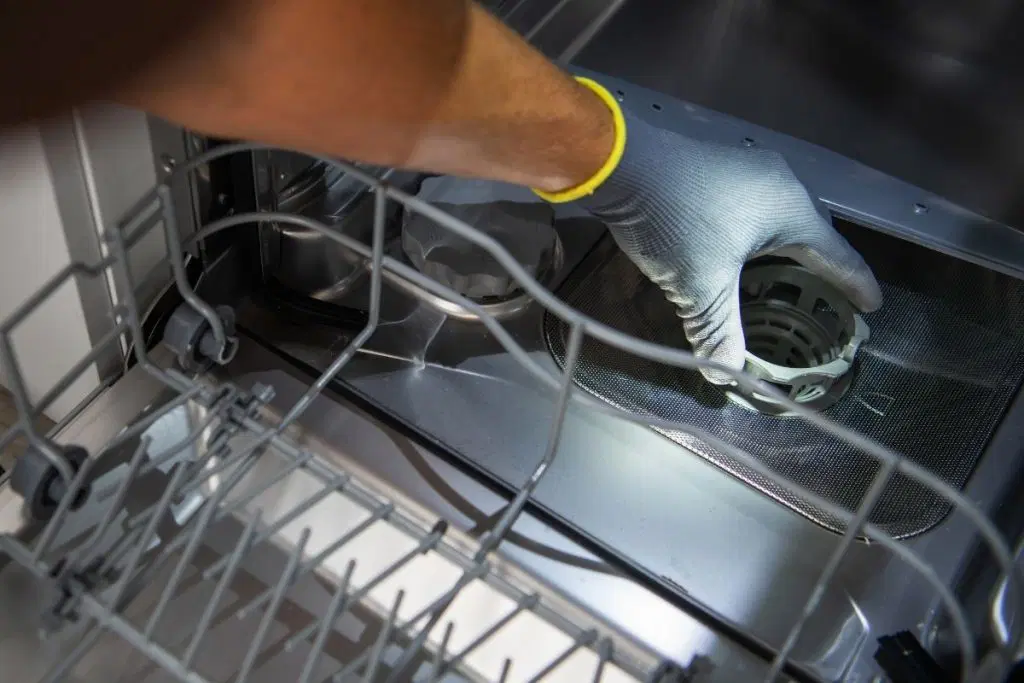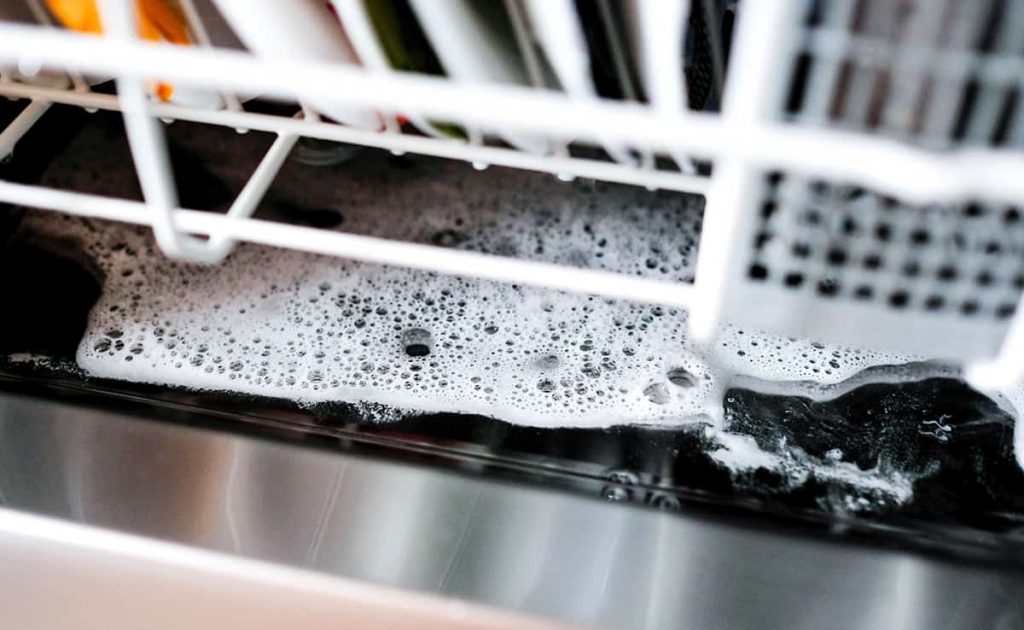Water Pooling at the Bottom of Your Dishwasher: Causes, Fixes, and Prevention
If you’ve opened your dishwasher after a cycle and found standing water at the bottom, you’re not alone. Water pooling inside the dishwasher is a common household issue that can signal anything from a simple clog to a mechanical failure. Ignoring the problem can lead to bad odors, ineffective cleaning, and even water damage. Let’s explore why this happens and how to fix it.
What Causes Water to Pool at the Bottom of the Dishwasher?
Clogged Drain or Filter
Over time, food particles, grease, and debris can accumulate in your dishwasher’s drain or filter. When clogged, water can’t exit properly after a wash cycle, leaving it to collect in the base of the machine.
Blocked or Kinked Drain Hose
The drain hose carries wastewater from your dishwasher to your sink’s drainage system or garbage disposal. If it’s kinked, clogged, or incorrectly installed, it can prevent proper drainage.
Garbage Disposal Plug Not Removed
If your dishwasher was recently installed and connected to a new garbage disposal, there’s a small chance that the knockout plug inside the disposal wasn’t removed. This plug must be removed to allow water to drain.

Faulty Check Valve
Dishwashers use a check valve to prevent dirty water from re-entering the machine. If the valve is broken or stuck, it can result in backflow, leading to standing water.
Broken Drain Pump
The drain pump pushes water out of the dishwasher during the drain cycle. If the pump is defective or blocked, it won’t be able to expel water, resulting in pooling.
Control Board or Timer Issues
In some cases, the control board or timer that signals your unit to start the drain cycle may malfunction. Without the command to pump out water, it remains in the tub.
Step-by-Step Dishwasher Troubleshooting Guide
Step 1: Check the Filter and Drain Area
Remove the bottom rack and inspect the drain area. Clean out any food debris or foreign objects. Rinse the filter under warm water using a soft brush.
Step 2: Inspect the Drain Hose
Look under the sink to locate the dishwasher’s drain hose. Ensure it’s not bent or kinked. Detach it and flush with water to remove clogs if needed.
Step 3: Check the Garbage Disposal Knockout Plug
If your dishwasher is newly installed, confirm that the knockout plug inside the disposal inlet has been removed.

Step 4: Test the Drain Pump
Run a rinse or drain cycle and listen for the pump. If it’s silent or struggles, you may need a replacement pump. A technician can help with diagnosis and repair.
Step 5: Examine the Check Valve
Remove the valve located near the drain hose or pump and ensure it opens and closes freely. Clean or replace it if necessary.
Step 6: Reset the Dishwasher
Some newer models have an error memory that can be cleared with a reset. Unplug the unit or turn off the breaker for a few minutes before restarting.
When to Call a Professional
If these steps don’t resolve the issue or you’re uncomfortable performing them yourself, it’s best to call a qualified appliance technician. Electrical components and internal parts can be tricky and hazardous without proper knowledge.

Preventing Future Pooling Issues
- Regularly clean your dishwasher’s filter and drain.
- Scrape off food from plates before loading.
- Run a dishwasher cleaner monthly to dissolve grease and mineral buildup.
- Ensure the drain hose has a proper high loop or air gap.
- Schedule yearly maintenance if your unit is over five years old.
Final Thoughts
Water pooling at the bottom of your dishwasher is a nuisance, but it’s often a fixable one. Whether it’s a simple clog or a more serious component failure, identifying the cause early can prevent costly damage and extend the life of your appliance. By following the steps above, you’ll be back to sparkling clean dishes in no time.
